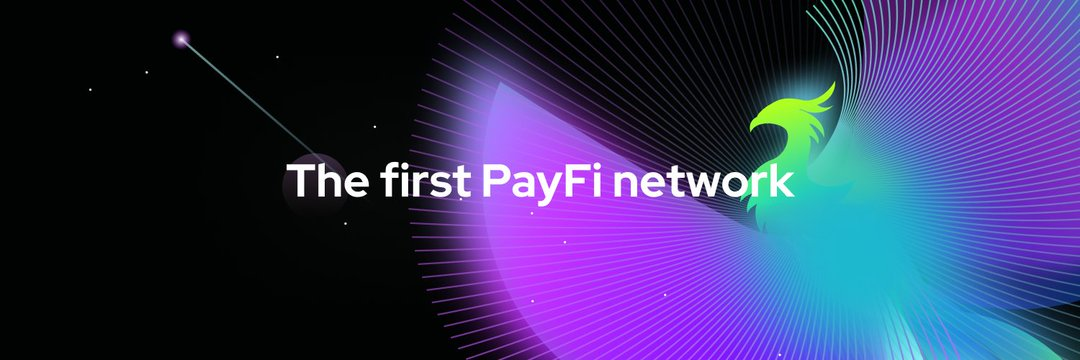While others are still using crypto assets as collateral for loans, Huma Finance has already begun leveraging 'future income' to drive on-chain finance.
Next Stop for Crypto Lending: From Collateral to Cash Flow
In the past few years, projects like AAVE and Compound have brought decentralized lending into the public eye, but their logic still follows the typical 'collateralizing existing assets' model—without assets, there’s no borrowing qualification.
This may not be a problem in a bull market, but when a bear market arrives, on-chain capital utilization rates plummet, and lending scales shrink significantly.
Meanwhile, projects like LINK and MakerDAO have made breakthroughs in oracle and stablecoin technology, but their direct utilization of real-world cash flow remains limited.
This is the gap that Huma Finance is targeting: it does not care about your current crypto assets but looks at your future stable income.
PayFi Model of Huma Finance
Huma Finance positions itself as the world's first PayFi network, integrating payment and financing infrastructure to directly convert 'future income' such as salaries, invoices, and remittances into lendable on-chain assets.
Salary Advances: Breaking the monthly and weekly settlements, allowing workers with stable income to borrow instantly on-chain.
Invoice Financing: Small and medium-sized enterprises quickly exchange unsettled orders for liquidity.
Remittance Advances: Cross-border recipients do not need to wait for bank processes and can receive funds on-chain in advance.
This model is highly disruptive because it shifts the collateral logic from 'existing assets' to 'future cash flows', expanding the service user base for on-chain lending.
Risk Control and Compliance: No Wild Paths
Some may ask, will this model be abused?
Huma's answer is: No.
Smart Contract Review: Fund release is based on verifiable income sources.
On-chain Credit Assessment: Combining transaction history, invoice verification, and oracle data.
Strong Compliance: Seamlessly connects with real-world laws and payment systems.
This means that Huma's lending is not 'no-threshold liquidity', but rather making an 'on-chain credit factory' through the transparency and automation of blockchain.
Why Now is the Window Period for HUMA
In the real world, the global population of freelancers and remote workers is growing rapidly, with a surge in demand for invoices and cross-border payments, while the financing thresholds of traditional banking systems remain absurdly high.
The model of Huma Finance precisely aligns with this trend—providing instant liquidity to the uncollateralized population.
If AAVE represents the 'Crypto Asset Lending Era', HUMA may represent the 'On-chain Cash Flow Lending Era'.
Its token HUMA will be a key hub for governance, staking, and incentives in this network.

